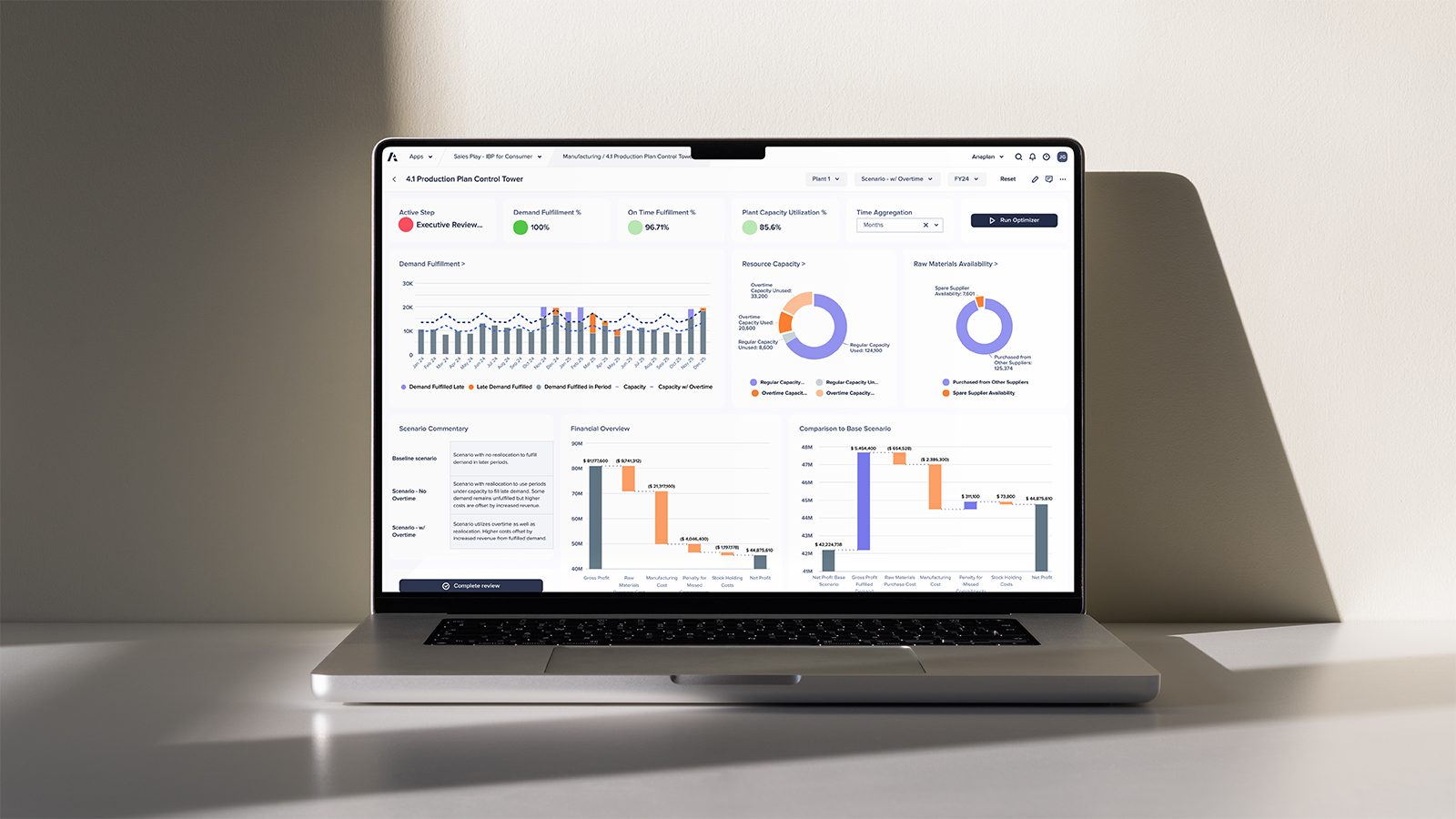Anaplan Connect 2025 is coming to a city near you
Blog
Elevate your impact.
Optimize your decisions.
Your source for trusted insights, industry expertise, and best-practice
guidance to solve your biggest challenges.
Choose your area of interest

Is your hiring plan sabotaging your revenue goals?

Your month-end is complete. Why is your reporting still taking weeks?

Planning reimagined: What AI means for the way we model, decide, and act

5 common financial forecasting mistakes and how to avoid them

Smarter size curves for retail inventory optimization

Navigating the M&A boom: Why a best-in-class FP&A solution is your strategic co-pilot
Discover the platform industry leaders trust. Be the next.
Organizations around the world rely on Anaplan to build a modern, connected enterprise. Shouldn’t you?




